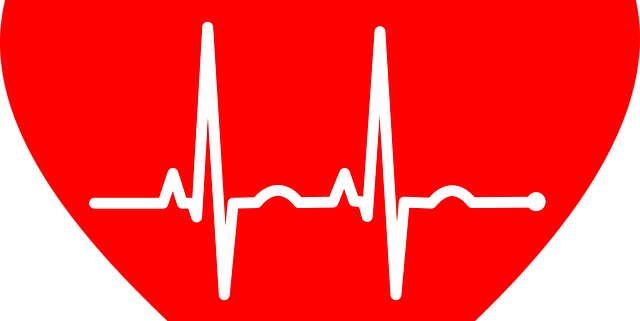Did you know? Your heart is a muscle and it gets stronger and healthier if you lead an active life! Daily exercise, even something as simple as taking a brisk walk for 30 minutes a day, can make a big difference in both your overall health and heart health! In fact, people who don’t exercise are almost twice as likely to get heart disease as people who are active.
Regular exercise can help you:
Ready to get started?
The first steps are to consider which exercises or activities you enjoy and gauge your current level of fitness. What sounds like fun? Would you rather work out on your own, with a trainer, or in a class? Do you want to exercise at home or at a gym?
Whether you’re exercising for the first time, trying to get back into shape, or increase our fitness, the best way is to start small. If you want to run, you might start by walking and then add bursts of jogging into your walks. Gradually start running for longer than you walk.
*Remember to check in with your doctor. They’ll make sure you’re ready for whatever activity you have in mind and let you know about any limits on what you can do.
Your exercise plan should include:
Aerobic exercise (“cardio”): Running, jogging, biking, swimming, and walking are some examples. During aerobic exercise, you are moving fast enough to raise your heart rate and breathe harder, but you should still be able to talk to someone while you’re doing it. Otherwise, you are pushing too hard. If you have joint problems, choose a low-impact activity, like swimming or walking.
Stretching: You’ll become more flexible if you do this a couple of times a week. Stretch after you’ve warmed up or finished exercising. Be sure to stretch gently and ease in and out of each stretch so that you do not injure yourself; stretching should not hurt.
Strength training: You can use weights, resistance bands, or your own body weight (yoga, for instance). Aim to strength train 2-3 times a week and be sure to allow your muscles recover for a day between sessions.
Aim for at least 150 minutes a week of moderate-intensity activity (such as brisk walking). This may be achieved by exercising 30 minutes a day at least 5 days a week.
When you work out, keep your pace low for a few minutes at the start and end of your workout. That way, you warm up and cool down each time.
*Stop and get immediate medical help if you have pain or pressure in your chest or the upper part of your body, break out in a cold sweat, have trouble breathing, have a very fast or uneven heart rate, or feel dizzy, lightheaded, or very tired.
It’s normal for your muscles to be mildly sore for a day or two after your workout when you’re new to exercise. That fades as your body gets used to it. Soon, you might be surprised to find that you like how you feel when you’re done!






